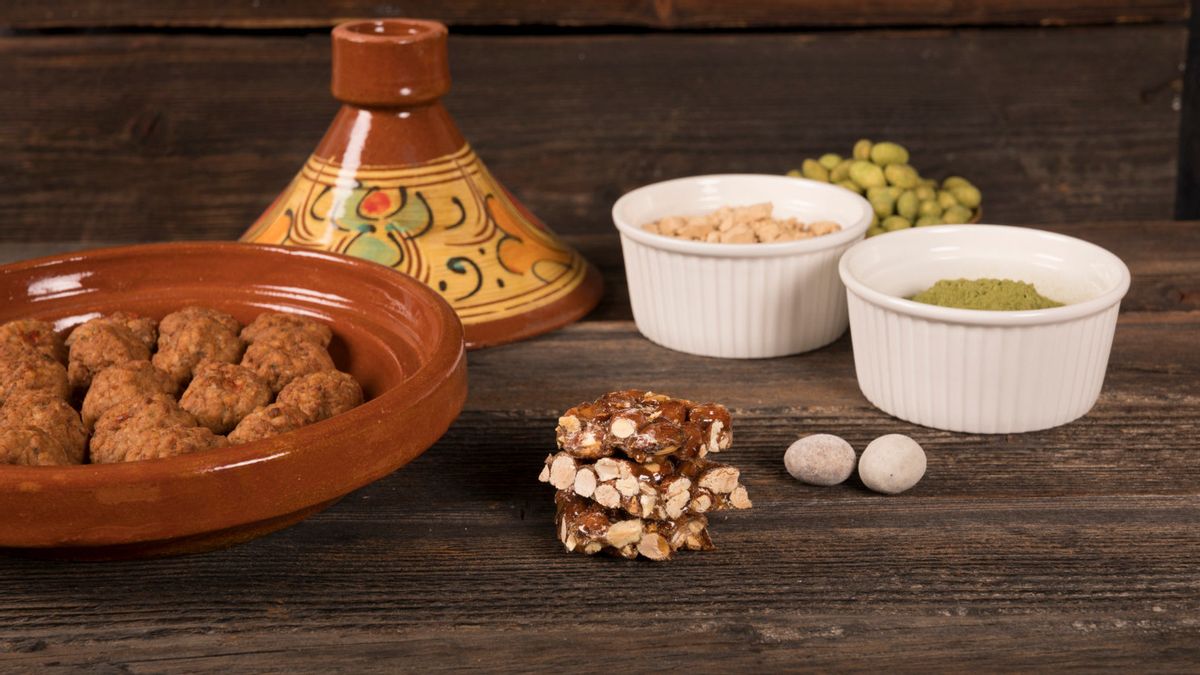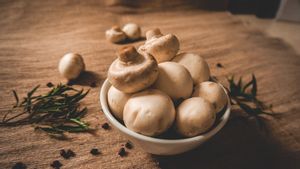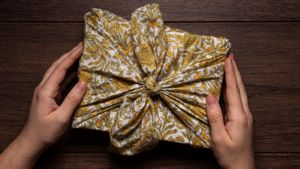YOGYAKARTA Eid al-Fitr is a warm moment that is often awaited. When Eid, sweet foods are served a lot. Not only in Indonesia, in various other countries also served mouthwashing foods. Not only sweet about taste, but also marking the sweet moments with family and relatives in the hometown. The following is a list of washing dishes served during Eid in various countries.
This dessert, called finine, is believed to have originated in India and is known to be phirni. In Afghanistan, it is usually made from Maizena flour cooked in a mixture of milk and sugar. The spice taste is rich, because it uses capulaga, turmeric, and rose water.
The traditional version of Firnee is sprinkled with a smooth pistachio. But lately popular with seasonal cut fruit, dry fruit, or coconut scarcity. This sweet dish, served at special events such as weddings and Eid al-Fitr.
Tifahije or tufahija, is a dessert that Bosnia enjoys during Eid al-Fitr. Made from boiled apples that are sugar-wetted and filled with walnuts. Usually served in large glasses filled withfermiology and accompaniment is given a beating cream.
At first glance it looks like a serabi but larger in size, cambaasur is a traditional Somali bread eaten during Eid. The sweet taste of sugar sprinkled over it. In addition, yogurt is added to enrich the taste and texture of the food.
The shape is like kukis, but this is bread that is usually filled with dates or pistachios, almonds, or walnuts. This bread is lumer in the mouth and is very popular especially during Eid al-Fitr and Eid al-Adha. Usually, it is served with Arabic coffee but every country in the Middle East has a different way of serving it. Some use flour, but some use whole wheat flour, or even semolina.
Bojo cake is a dessert sweet dish from Suriname. This cake has soft and fine textures made without flour. The ingredients use cassava, cassava, coconut, rum, cinnamon, coconut milk, butter, almond extract, and vanila. Usually cut into boxes after cooked. Can be consumed warm or cold with a bowl of cream.
Knafeh consists of two layers of boiled dough and butter. It contains delicious cheese creams and is usually spiced with orange peels and cardamom. Before served, it is watered withCE mixed with lemon juice and orange flower water.
Traditionally, this food is served in Turkey. Several authors have speculated that this food originated in Syria during the pre-Islamic period. While some claim to be from Palestine, or Nabulsion, some call it Nabulsi knafeh.
Sheer khurma is a bihun dish that is served during Eid al-Fitr in the South Asian region and parts of Central Asia. This food is made from a variety of dried fruit, bihun, sugary condensed milk, sugar, and other ingredients. Some regions add spices, such as cardamom, cloves, turmerics, and rose water. Also added pistachio, almonds, and also rose water.
Gazz is a type of nougat that comes from a mixture of egg white, sugar, and nuts. But the original gazz is made from an exudation of insects collected from wild tamariska trees. Additional spices, such as turmeric and rose water are added to enrich the taste. It is usually seasonal produced and famous as souvenirs from Iran.
Bint al Sahn is known for its sabayah, is a Yemeni pastry made of flour mixtures of white flour, eggs, yeast, and pure butter. Then the dough boils in several layers and is usually served with honey sprinkled with black jintan. This sweet dish is known as the honey cake and is the best when it is served warm.
Those are the nine dessert sweet dishes served in various countries during Eid. Are any typical foods served in your home other than nastar and peanut cakes?
また読む:
The English, Chinese, Japanese, Arabic, and French versions are automatically generated by the AI. So there may still be inaccuracies in translating, please always see Indonesian as our main language. (system supported by DigitalSiber.id)


















